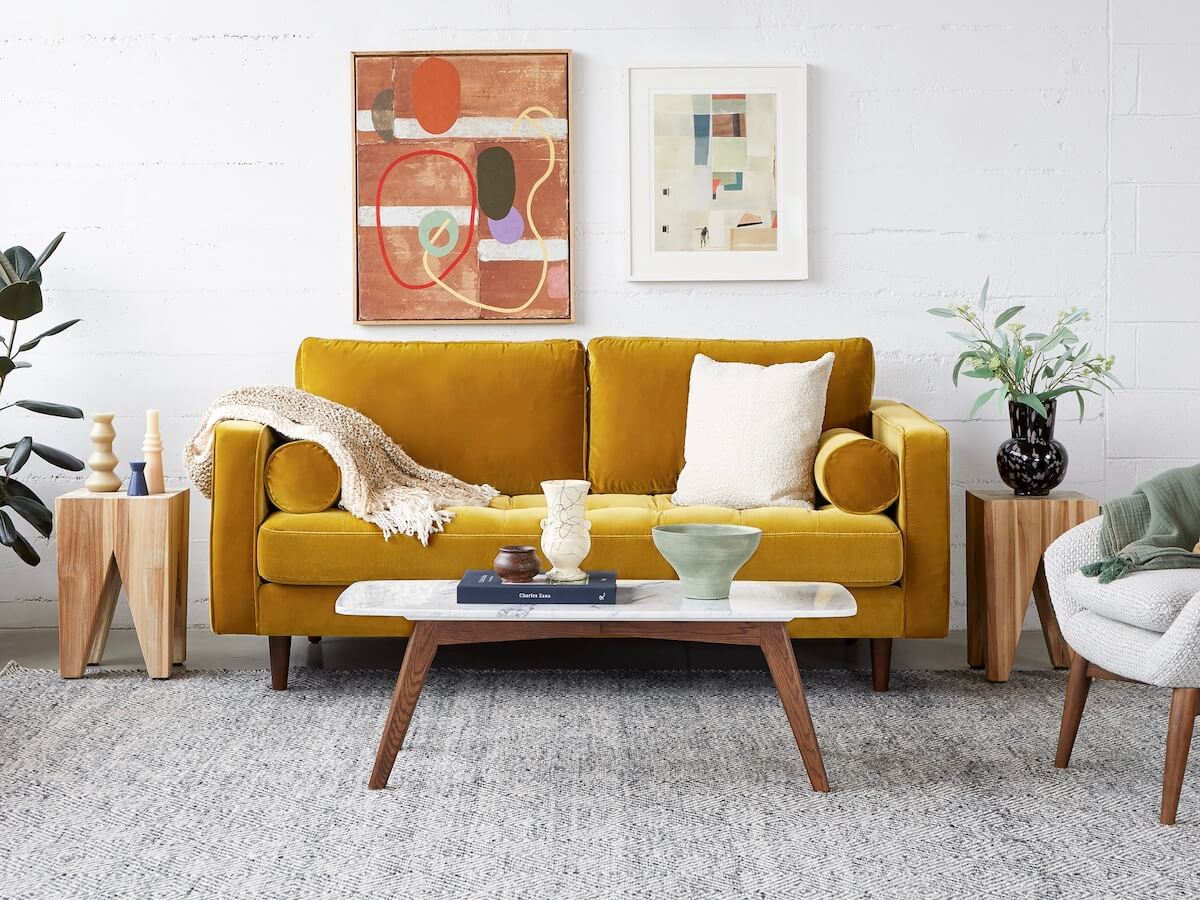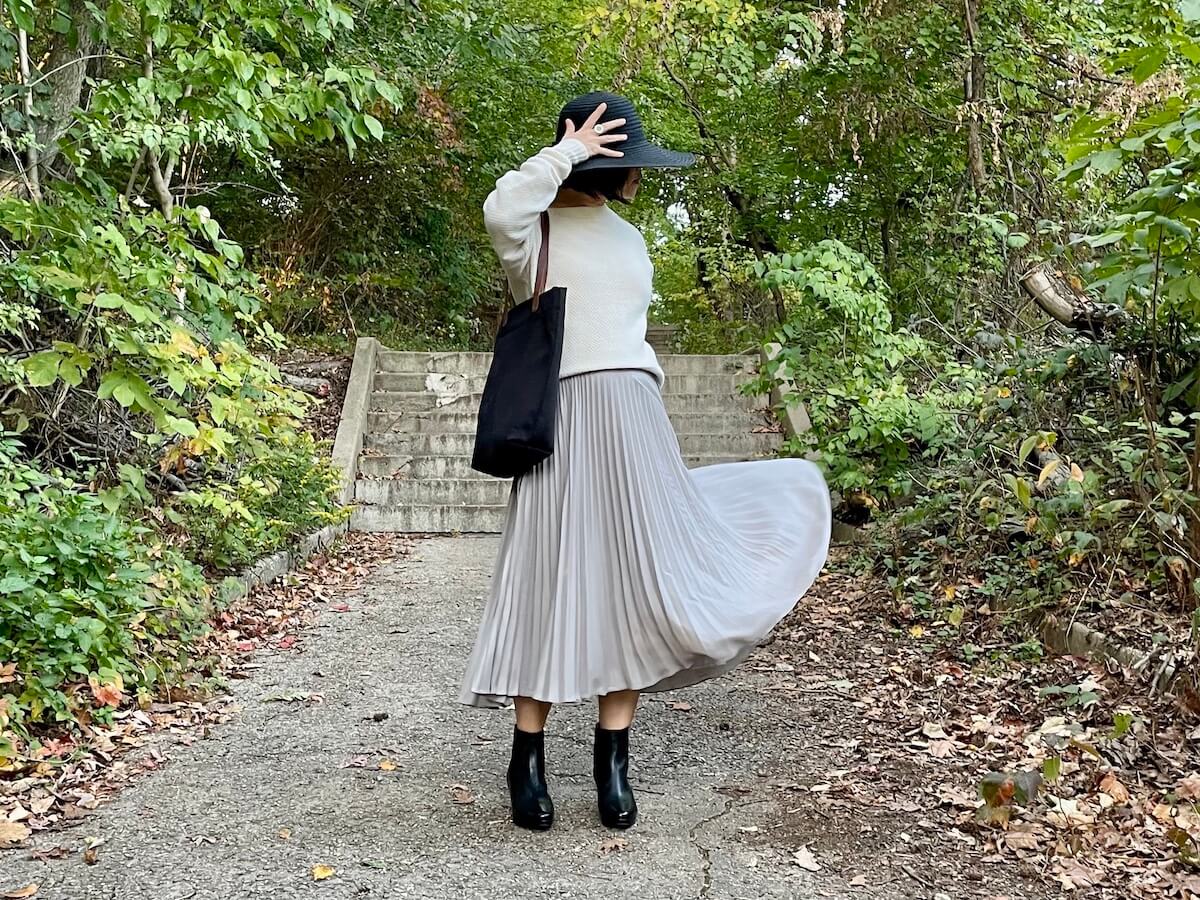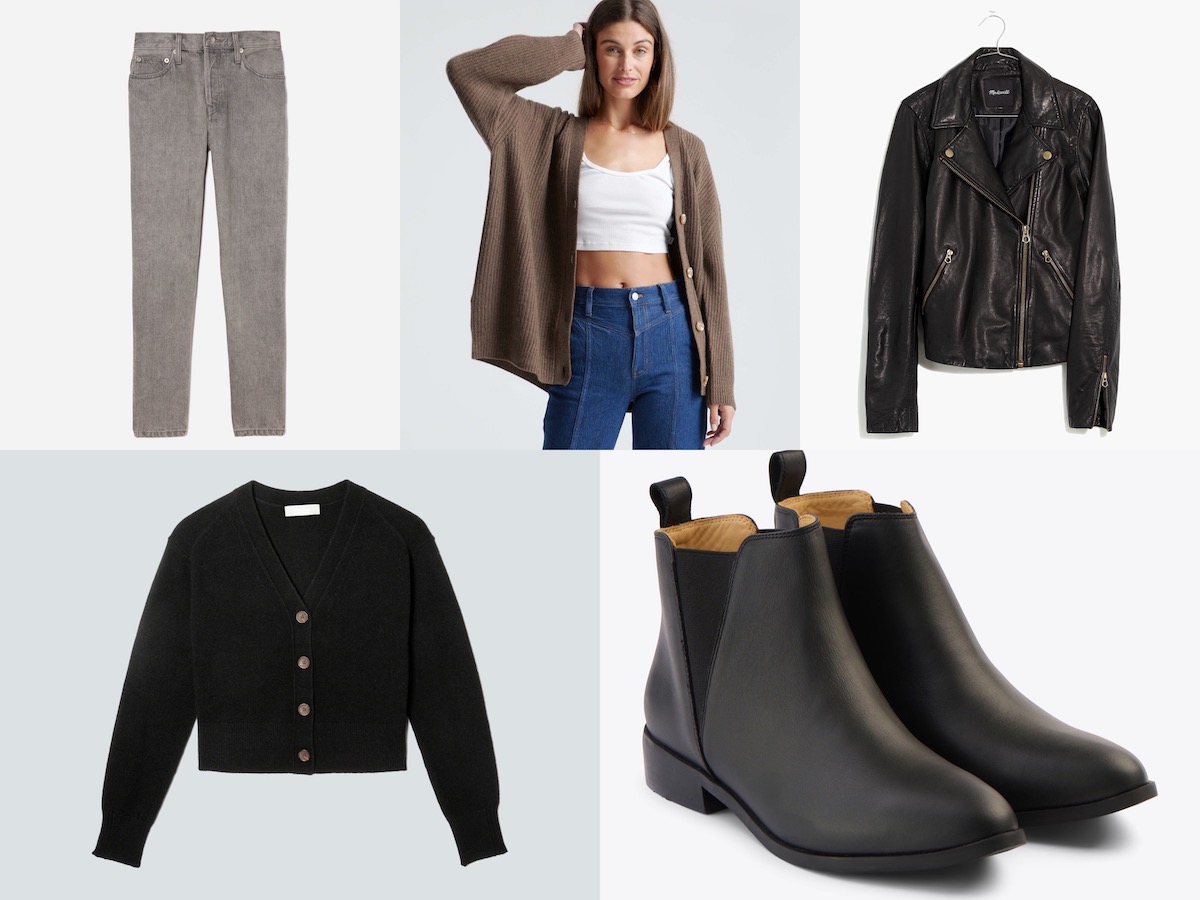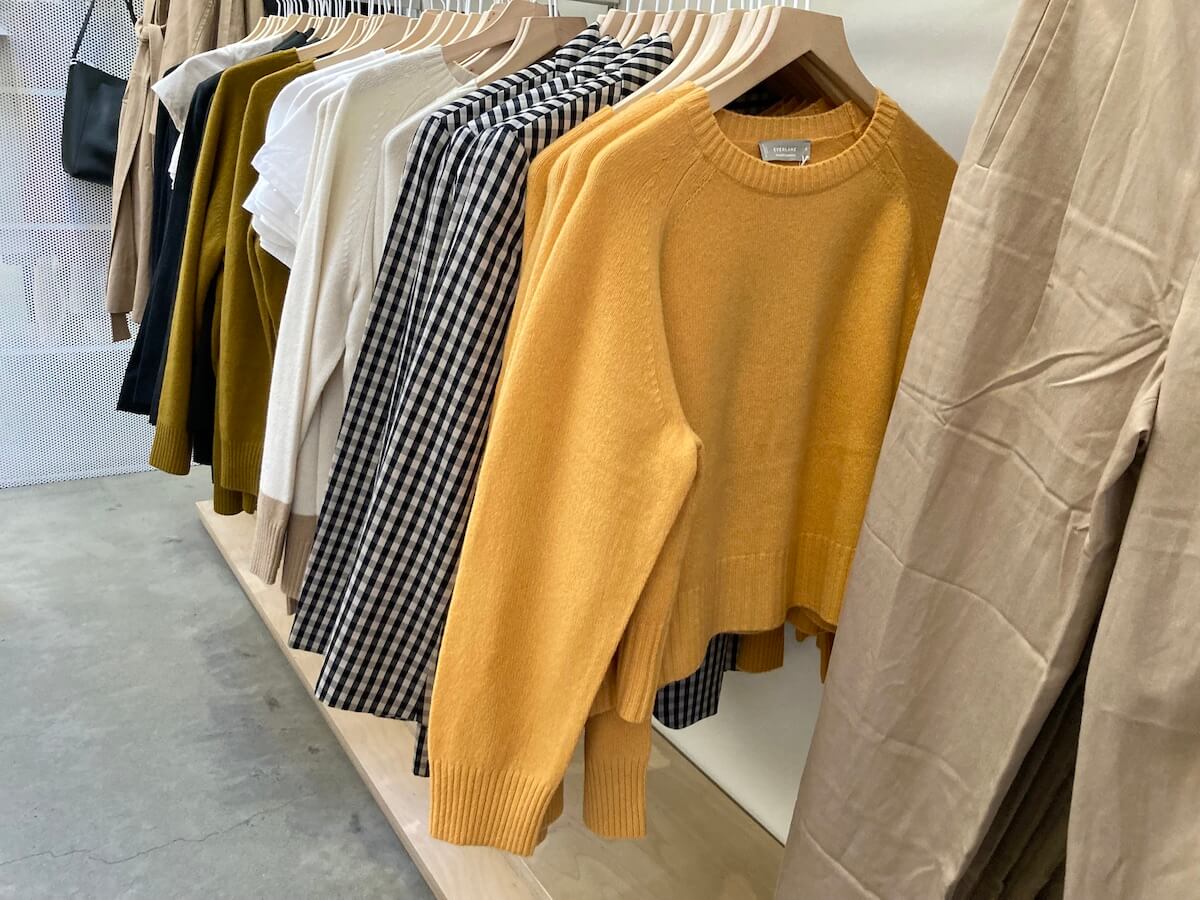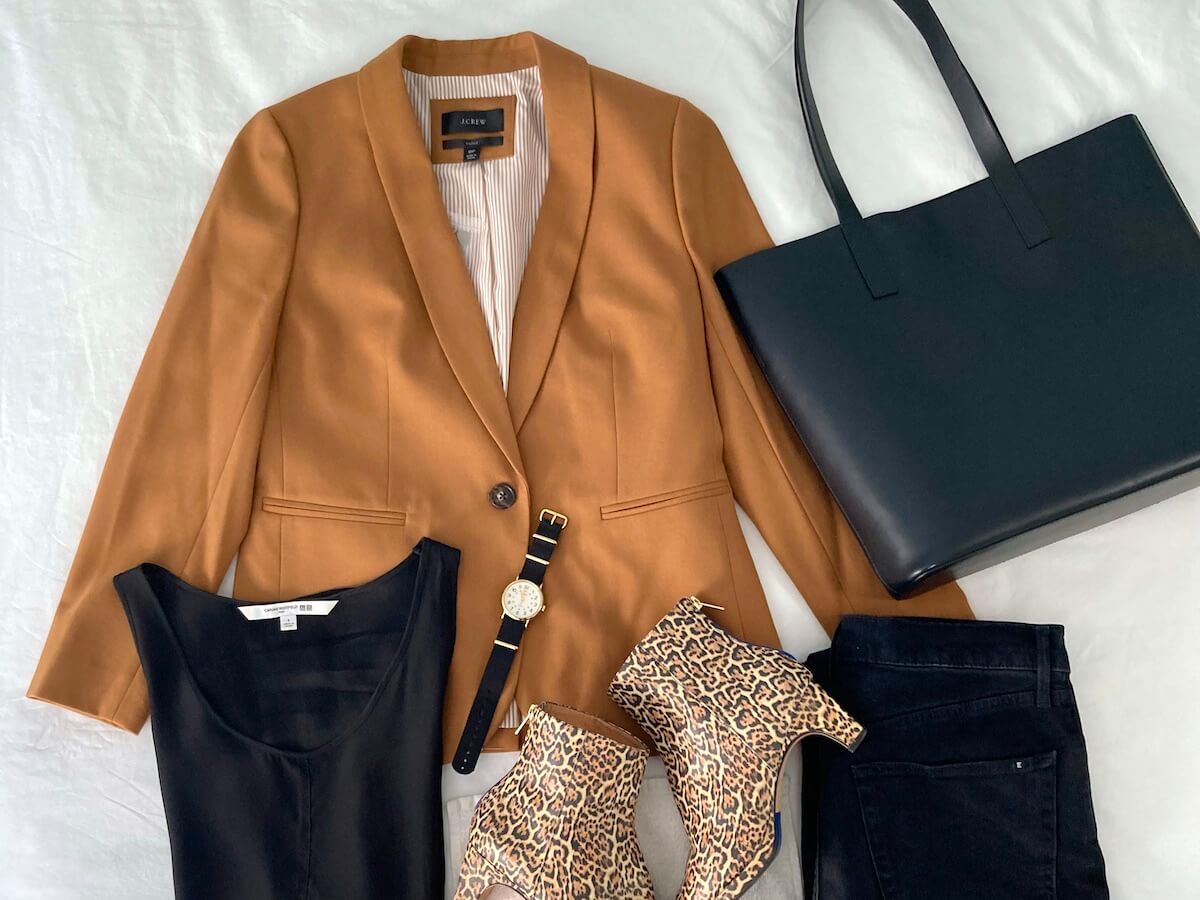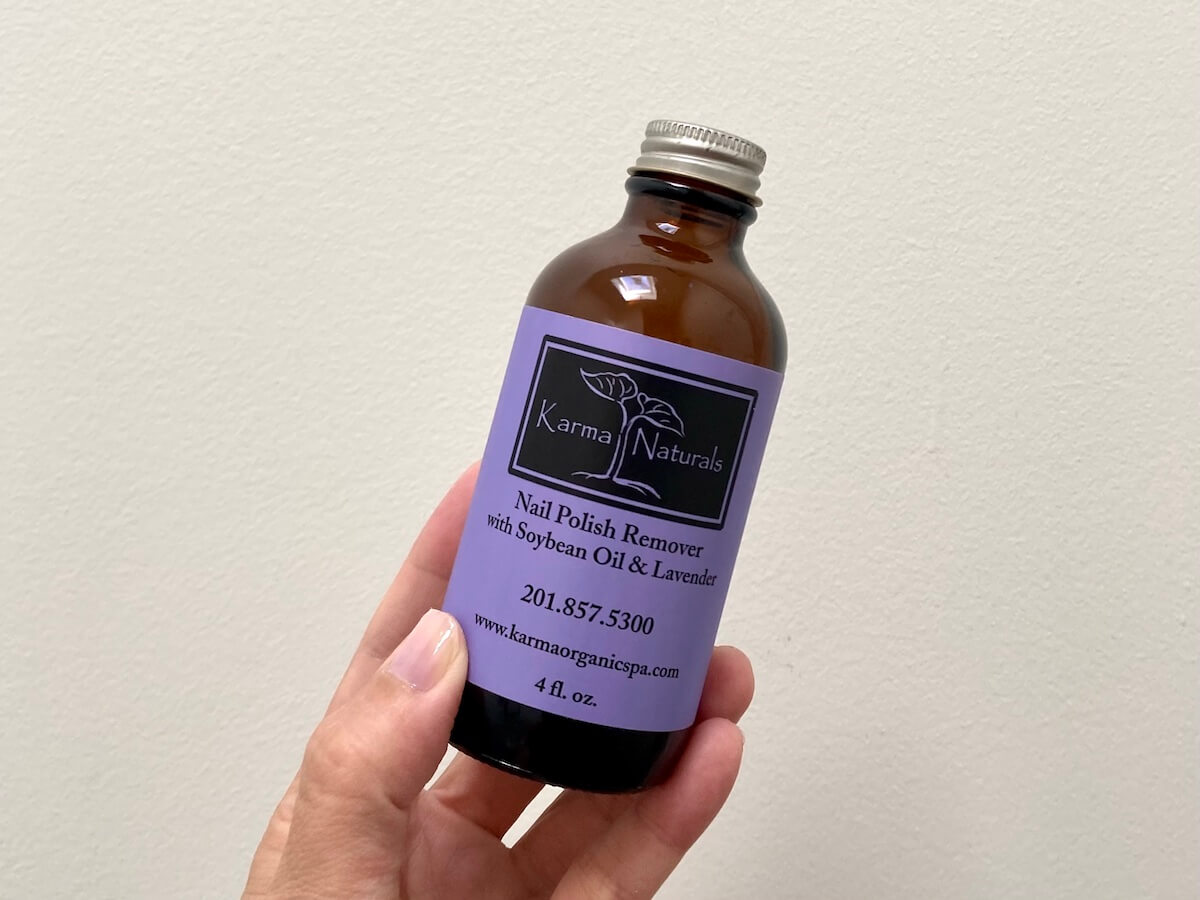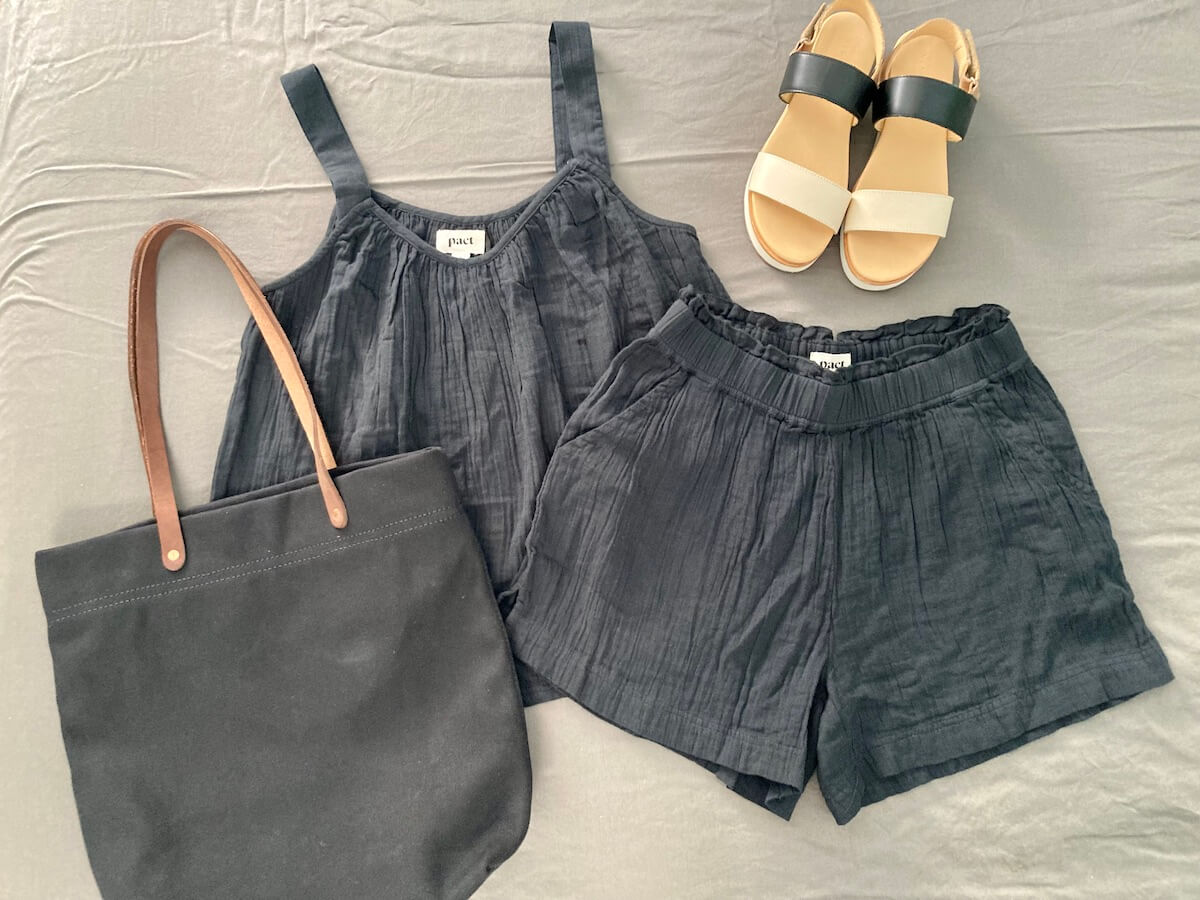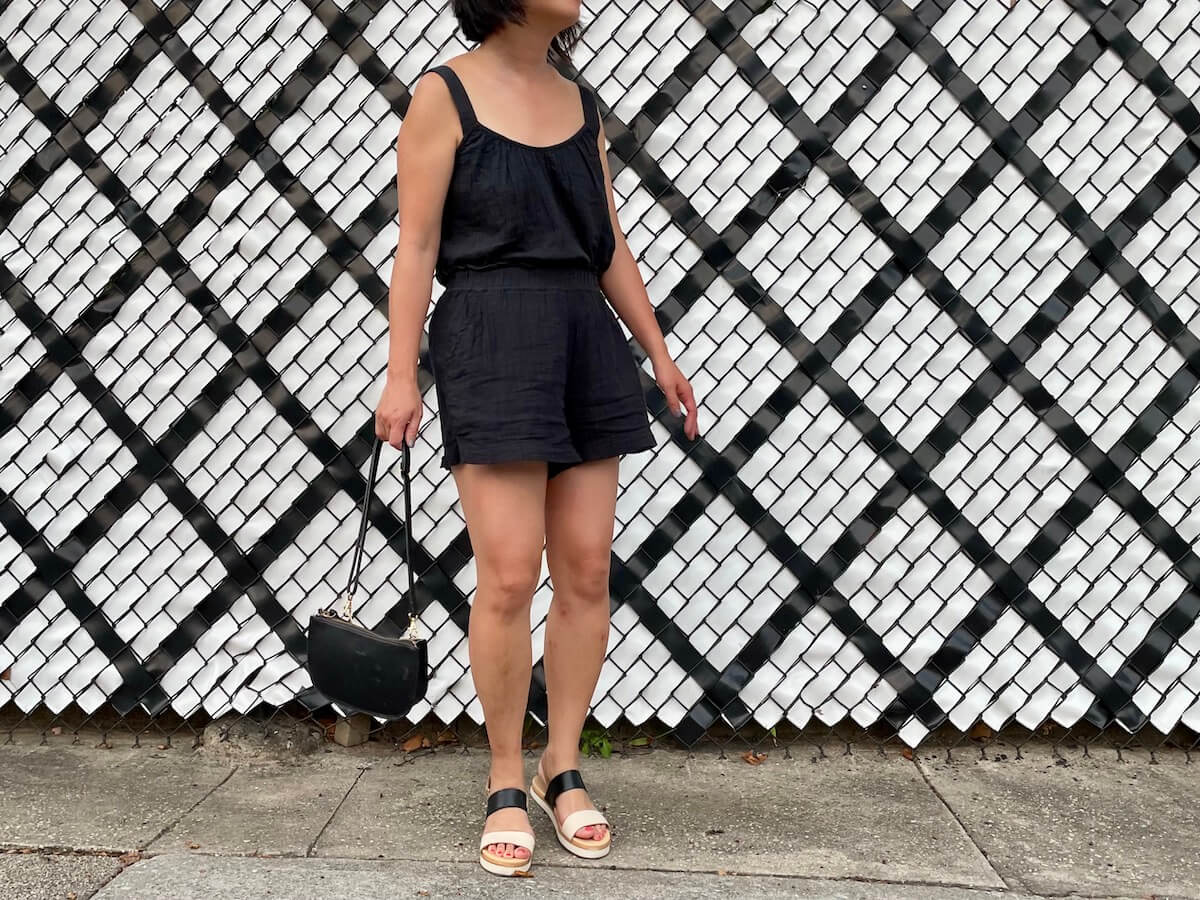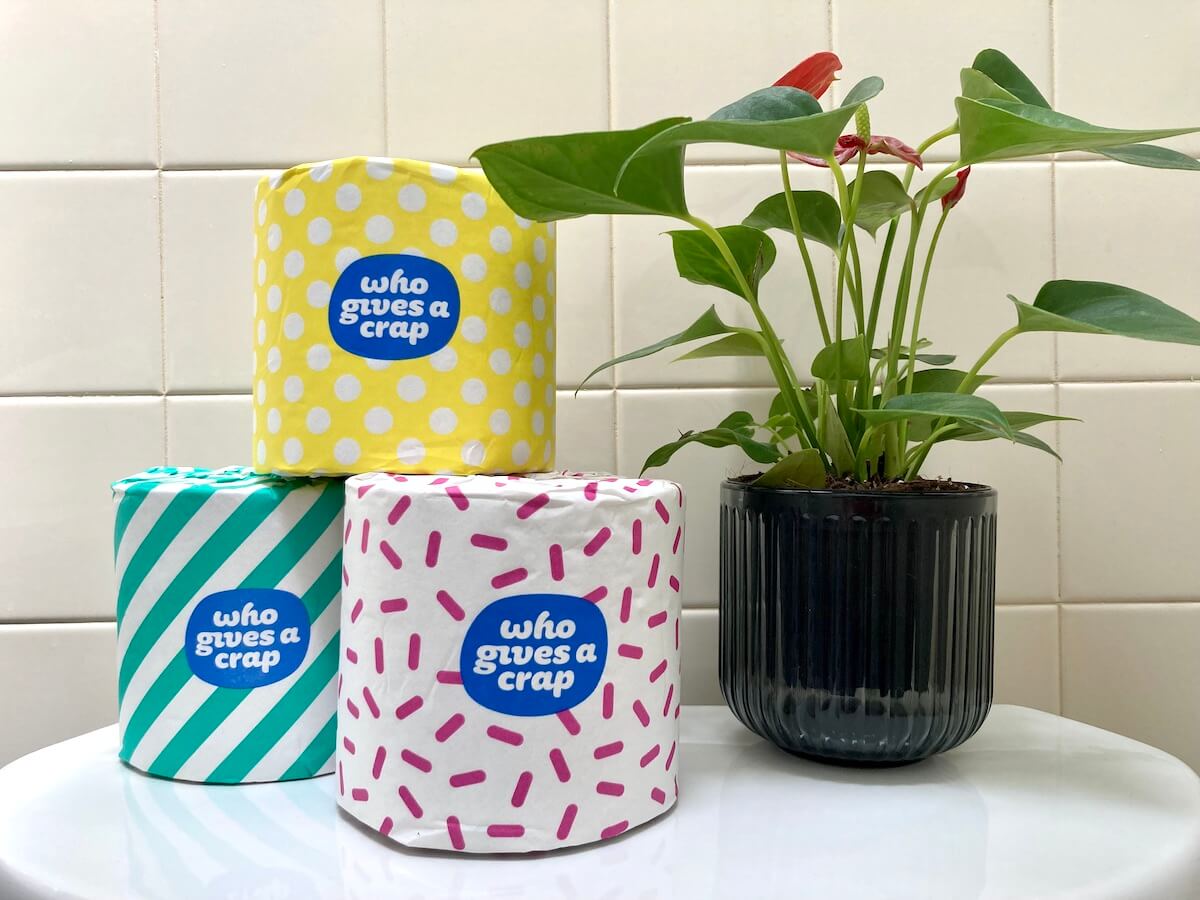It’s time for my list of holiday sales from ethical and sustainable brands. I like to use this time of year to stock up on products I use often, or to buy something I’ve had my eye on for a while. Of course, don’t buy stuff just to buy stuff. Mindful shopping is especially important in the face of holiday consumerism.
As usual, I’ll keep updating this list as I learn about more promotions. I’m sure there will be a flurry of activity as Thanksgiving approaches. Some brands are starting sales earlier in the week. So check back for updates.
Apparel
ABLE – Women’s apparel, bags, shoes, and jewelry made by women from around the world. 35% off full-price, 40% off signature specials, & up to 75% off sale with ITMATTERS.
Amour Vert – Women’s clothing with feminine vibes. (Here’s my review on how their items fit on a petite.) 30% off everything. 40% off on orders over $200. 50% off orders over $500. Sale items are eligible for exchange or store credit.
Carol Young | Undesigned – Clothing created by a designer who studied architecture. Made in Los Angeles. 20% off her Moth Crushed Travel Wear with code THANKFULL through 11/28.
Christy Dawn – Ethically-made women’s clothing with flowy boho vibes. Petite sizing too. Up to 70% off from 11/10 – 11/28. Note that all items 30% off are eligble for store credit, but not return. Items that are greater than 30% off are final sale.
Curator SF – Slow fashion for women, made in San Francisco. 25% off sitewide with THANKFUL25 through 11/28. Items bought with the discount are eligible for exchange or store credit only.
Eileen Fisher – Take 50% off sale items through 11/28.
Everlane – Up to 40% off select items from 11/22 – 11/28. Plus they’ll donate $1 per order, up to $50K, to support Tree People. (Commendable though I can’t help but notice this is significantly less than donations they’ve made on prior Black Fridays.) Some of my favorites, including the Cheeky Jean (my review), the Way High Jean (my review), and the Track Joggers (my review) are on sale. Do note that some sale items in their regular sale section are final sale.
For Days – A start-up making casual clothing committed to closed-loop manufacturing. 40% off, plus $8, $12, and $22 deals.
Gracemade – A “fashion-forward interpretation of modest apparel.” Made in downtown Los Angeles out of locally sourced and deadstock fabrics. 40% off, plus free U.S. shipping.
Jenni Kayne – California lifestyle brand. Women’s clothing, home items, and shoes. Known for their cozy cocoon sweaters. 25% off. No code needed.
Kotn – Instead of a sale, this Canadian maker of bedding and cotton wardrobe basics for women and men donates 100% of their proceeds between Black Friday and Giving Tuesday to build schools in rural Egypt, where it sources its cotton. This is the sixth year Kotn is doing this
Pact – Casual clothing, bedding, and bath for the whole family. Made from certified organic cotton in fair trade factories. (See some of my reviews.) The entire site is marked down 20% to 50% off through 11/29.
Quince – Apparel, accessories, and home items made in factories that pay fair wages. Daily flash sales.
Reformation – Flirty, trendy women’s clothing. Petite sizing available. 25% off sitewide.
Summersalt – Swimwear, loungewear, and other clothing made out of recycled materials. (Not much info on where and how things are made, though) 30% off sitewide with THANKFUL.
Tradlands – Women’s shirts, sweaters, and more in classic looks. Extra 30% off markdowns with BF30. Sale items are eligible for exchange or store credit only.
Vetta – Convertible clothes that can be worn several ways. Made in the USA. Up to 50% off. Did I just order another Textured Girlfriend Shirt in a different color for myself? Yes I did. (My review of the Girlfriend Shirt an be found here.) Sale items are final sale. UPDATE: Take 30% off with YAY30, including sale items.
Yuki Buttons – Linen clothing handmade by Yuki in California. 20% off.
Apparel for Kids
Bash + Sass – Minimalist, gender neutral tees, hoodies, and rompers for babies and toddlers. Made in San Francisco. 50% off with GRATEFUL through 11/28.
Pact – Mark downs of up to 50% off through 11/29.
Bags & Shoes
Baggu – My favorite reusable bag! Plus hats socks, & more. 20% off sitewide. No code needed. Sale purchases are final sale.
Day Owl – Backpacks made from recycled materials, as well as secondhand bags. 60% off sitewide.
dr. Liza – Women’s shoes designed by a chiropractor/osteopath. (Read my review of the flats and of the booties.) 50% off when you spend over $250 CAN (about $200 USD) 11/17 – 11/28. Items bought with the discount are eligible for exchange or store credit only.
Lo & Sons – Makers of stylish travel bags. Read my review of their backpacks and convertible tote. I wear my Waverley belt bag all the time. Up to 70% off from 11/21 through 12/4. Any orders placed 11/21 – 12/31 will also be be eligible for extended returns until 1/31.
Nisolo – Ethically-made shoes produced in Peru with Leather Working Group Certified leather. 25% through 11/20 with EARLYACCESS. From 11/21 – 11/28, get 30% sitewide off with GIFTS30. Plus up to 40% off select styles.
Beauty & Skincare
Cirque Colors – Non-toxic nail polish in fun colors including holographic and jelly finishes. Made in New York. 20% off with HOLIDAY20 through 11/29.
Londontown – Cruelty-free, 9-Free nail polish brand. (My review here.) 30% off with BF30 through 11/27. Excludes UV gel colors and gift cards.
Stratia – 20% off this skincare brand with THEBIGONE. This sale happens just once a year. I’m a fan of their Liquid Gold moisturizer and stock up during this time of year. Not sure if you can stack discounts (probably not), but here’s $10 off your first order with my referral link.
Home
Full Circle – Eco-friendly and well-designed home care items. See my recent review. 20% off with BF2022 through 11/28.
Graf Lantz – Bags, laptop sleeves, accessories, and housewares made in Los Angeles. I love the simplicity of their merino wool felt placemats and coasters. 30% off nearly everything. No code needed.
Kotn – Organic cotton bedding & bath. Instead of a sale, proceeds fund the building of schools in rural Egypt, where Kotn sources its cotton.
Marley’s Monsters – Reusable goods for the home like washable “paper” towels, personal care items, and baby care. (See my review of their reusable cosmetic rounds.) Up to 25% off through 11/28.
Package Free Shop – Toiletries, cleaning supplies, and more items for low-waste living. Up to 50% off with HOLIDAY.
Pact – Bedding & bath made of fair trade certified, organic cotton. (I like their percale sheets.) Mark downs of up to 50% off through 11/29.
First Image: Element 5 Digital/Unsplash
This post contains affiliate links but was not produced in partnership with any brand. If you shop through my links, I may earn a commission. Thank you for supporting Welcome Objects.

